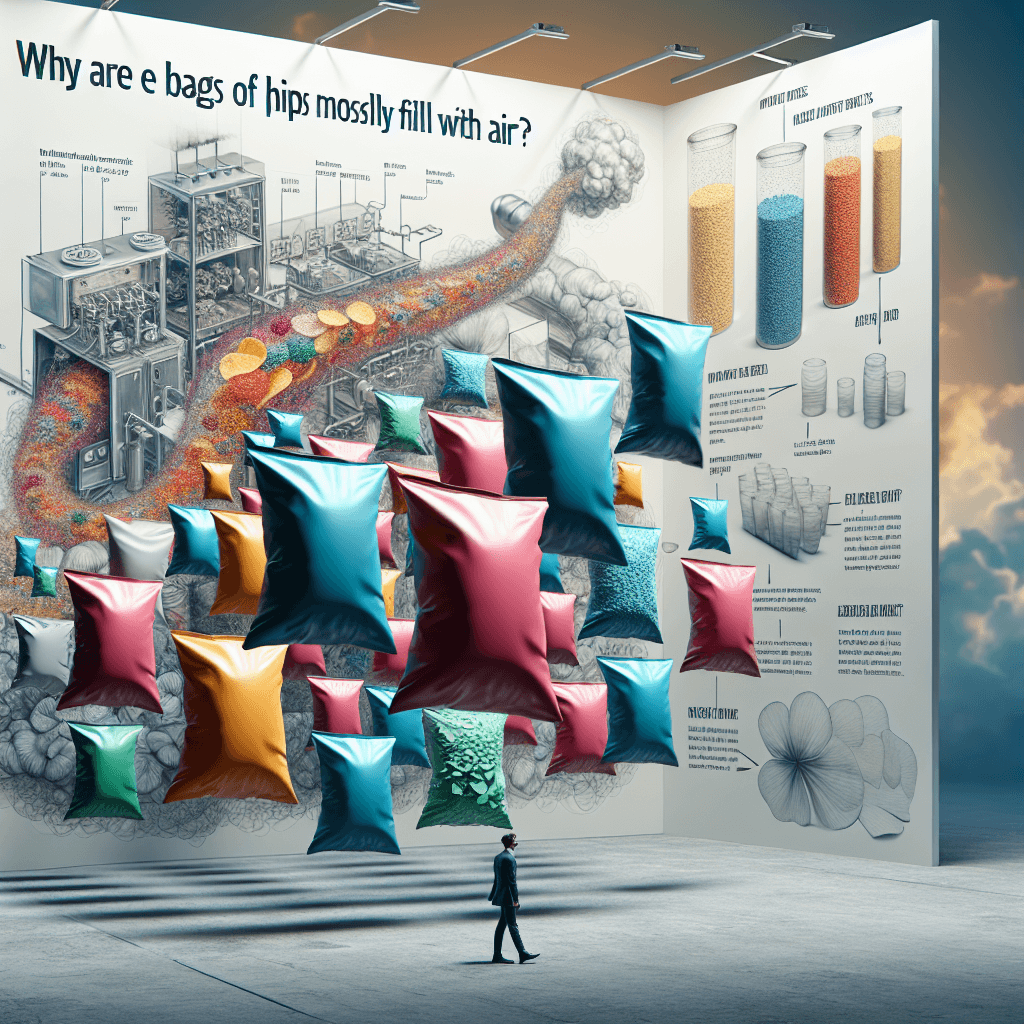Why is there a tiny arrow on most car fuel gauges
That tiny, often-overlooked arrow on your car's fuel gauge isn't just decoration; it's a surprisingly simple secret that could save you from gas station guesswork.


Too Long; Didn't Read
TLDR: The arrow on your fuel gauge points to the side of your car where the fuel cap is located, so you know which side to pull up to the pump.
The Unsung Hero of Your Dashboard: Why is There a Tiny Arrow on Most Car Fuel Gauges?
Ever hopped into a rental car, or borrowed a friend's vehicle, and pulled up to the gas pump only to realize you have no idea which side the fuel door is on? It's a common, slightly embarrassing moment many drivers have experienced. You crane your neck, try to peek in the side mirror, or even resort to the "get out and check" maneuver. But what if there was a simple, built-in clue designed to prevent this exact scenario? Well, for many cars, there is! This blog post dives into the mystery and utility of that tiny arrow on your car's fuel gauge, a small but mighty feature that often goes unnoticed. We'll explore its purpose, origins, and why it's such a surprisingly clever piece of design.
The Point of the Pointer: Decoding the Fuel Gauge Arrow
That small, unassuming triangle or arrow typically found next to the fuel pump icon on your car's dashboard isn't just a random design element. It serves a very practical purpose: it indicates which side of your vehicle the fuel door is located on.
If the arrow points to the left (◀), your fuel door is on the driver's side (in left-hand drive countries). If it points to the right (▶), it's on the passenger's side. It's a simple, elegant solution to a common problem, especially for drivers who frequently switch between different vehicles.
A Little History: Where Did This Genius Idea Come From?
While pinpointing the exact first car model to feature this arrow is a bit like finding a needle in a haystack, the feature began appearing more commonly in the 1990s. Many sources credit Ford as one of the early, prominent adopters. A designer named Jim Moylan, who worked for Ford in 1986, reportedly proposed the idea after experiencing the fuel-door guessing game himself. His 1989 Ford Escort and Mercury Tracer models are often cited as among the first to include this helpful indicator.
The need for such an indicator became more pronounced with:
- The rise of rental car fleets: Drivers frequently found themselves in unfamiliar vehicles.
- Multi-car households: Families often switch between cars with fuel doors on different sides.
- Global car markets: Standardizing the fuel door side isn't always feasible for manufacturers selling worldwide.
This simple visual cue was a low-cost, high-impact solution to improve driver convenience.
Why This Tiny Arrow is a Big Deal
The significance of this small arrow goes beyond just saving a driver a moment of mild confusion.
- Convenience: It’s incredibly handy, especially when you’re in a hurry or driving an unfamiliar car. No more awkward leaning or craning your neck.
- Safety: At busy gas stations, knowing which side to pull up on can prevent awkward maneuvering, blocking other cars, or stretching the fuel hose precariously across your vehicle, which can be a tripping hazard or damage the car's paint.
- Efficiency: It saves time. A small detail, yes, but these little conveniences add up to a smoother driving experience.
- Universal Design: The icon of a gas pump is fairly universal, and the arrow is an intuitive addition that transcends language barriers.
Not Every Car Has One (But Most Newer Ones Do)
While this feature is now widespread, particularly in cars manufactured from the late 1990s and early 2000s onwards, it's not absolutely universal. Some older vehicles won't have it, and occasionally, even some newer models might omit it, though this is increasingly rare. Manufacturers like Toyota, Honda, General Motors, and many European brands have widely adopted this simple yet effective design. If your car doesn't have the arrow, you might still find clues in the fuel gauge design itself – sometimes the hose on the little fuel pump icon is depicted on the side of the fuel door. However, the arrow is the most explicit indicator.
The Arrow's Lasting Legacy
So, the next time you glance at your fuel gauge, take a moment to appreciate that tiny arrow. It’s a testament to thoughtful design, proving that sometimes the simplest solutions are the most effective. This small symbol elegantly solves a common driver frustration, making our lives just a little bit easier every time we pull into a gas station. It's a perfect example of how a minor detail can have a significant positive impact on user experience. Now that you know, you'll likely never unsee it – and you'll certainly appreciate it the next time you're in an unfamiliar car.
More Articles

Why are barber poles striped red, white, and sometimes blue?
Ever wonder why barber poles sport those iconic red, white, and sometimes blue stripes? The answer is more fascinating (and a bit gory!) than you might think, harking back to a time when barbers did much more than just cut hair.

Why is a baker's dozen thirteen, not twelve?
That extra roll isn't just generosity; uncover the surprising, and surprisingly strict, historical reason why a baker's dozen is thirteen, not twelve.

Why are bags of chips mostly filled with air?
Think chip companies are just skimping on snacks? Discover the surprising science behind why your bag is mostly 'air' – and why you should actually be glad it is.